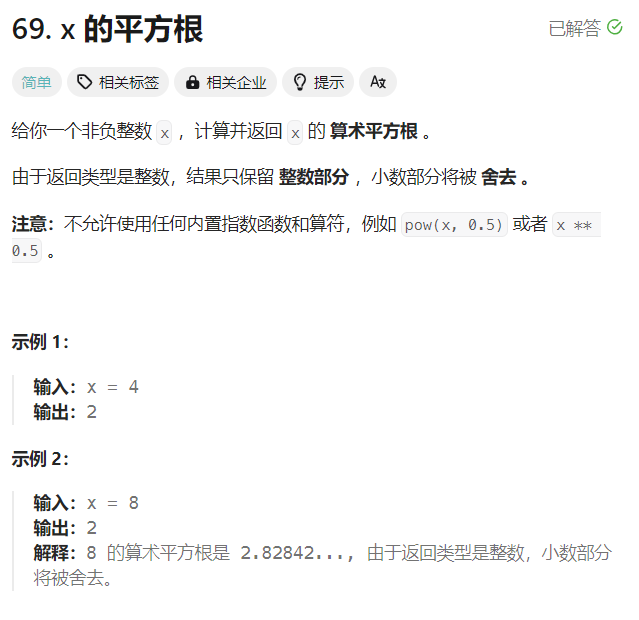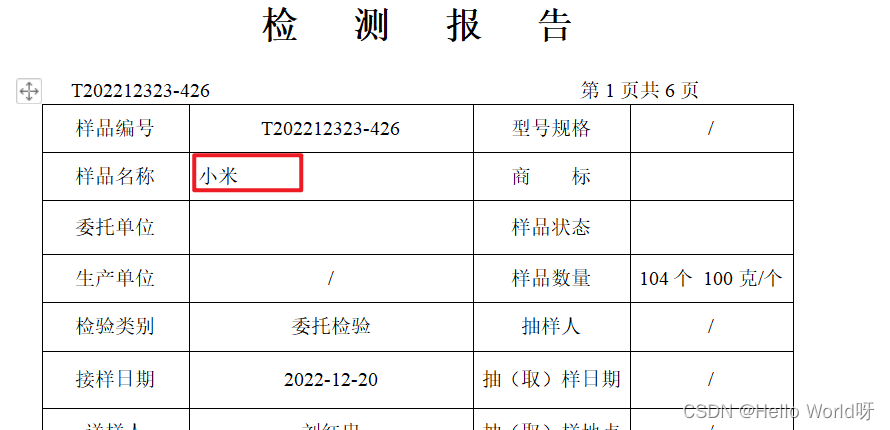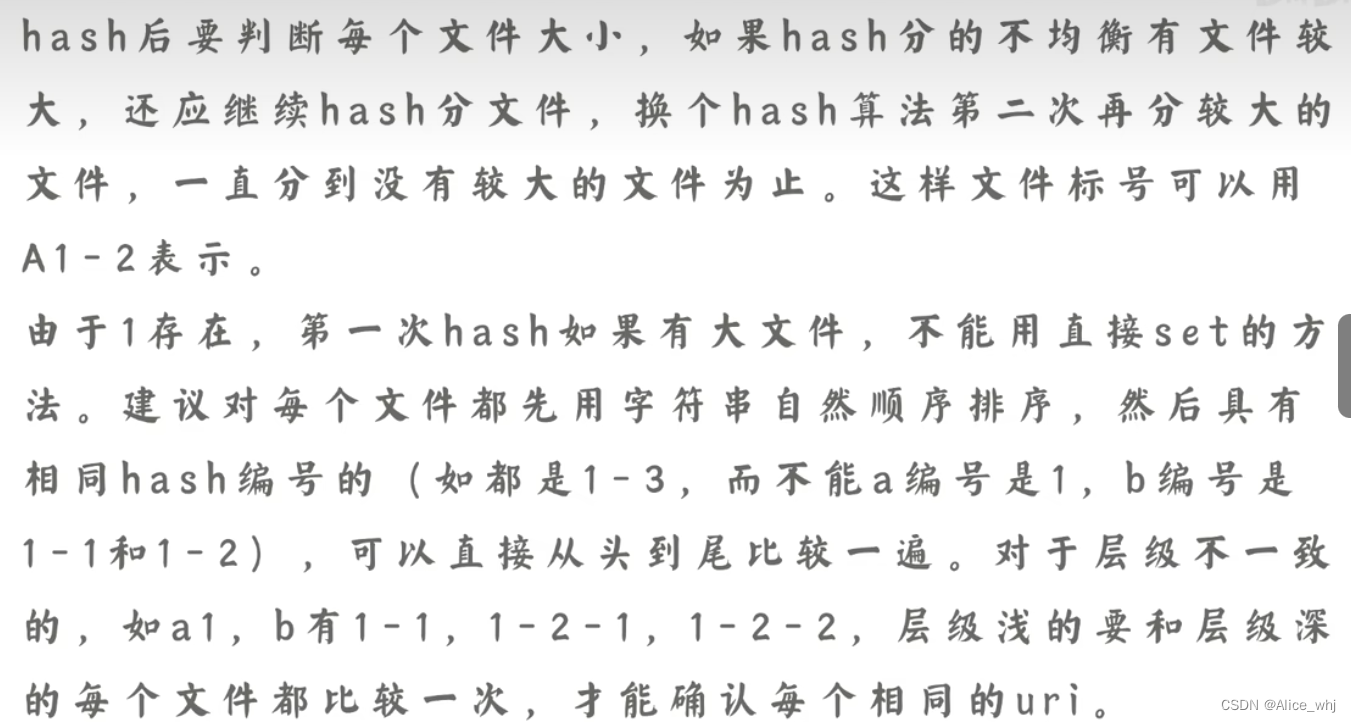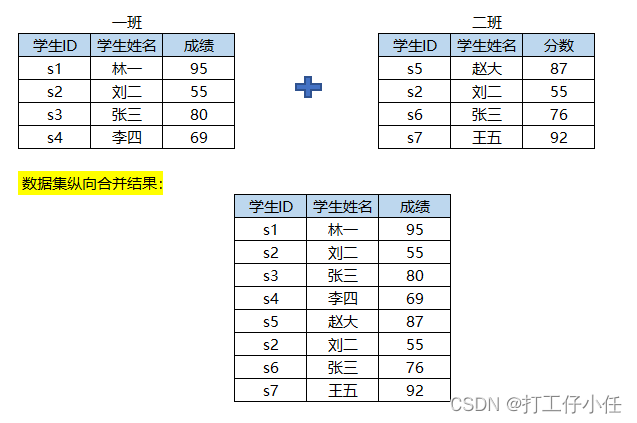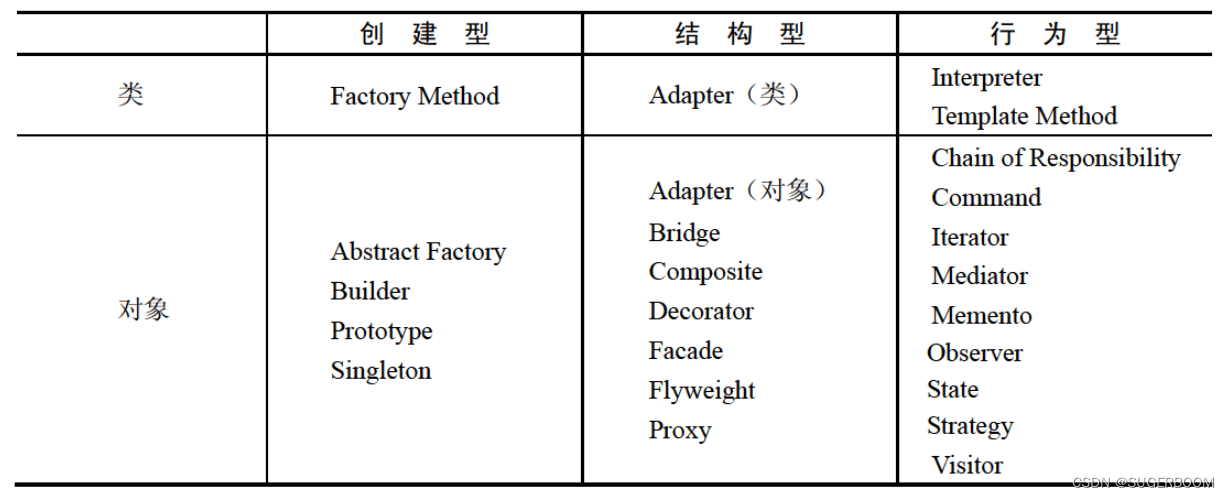
作者主页:作者主页
数据结构专栏:数据结构
创作时间 :2024年5月20日

一、二叉树的定义
二叉树(Binary Tree) 是由n个结点构成的有限集(n≥0),n=0时为空树,n>0时为非空树。
对于非空树:
- 有且仅有一个根节点
- 除根结点外其他可分为两个不相交的子集Tl和Tr,分别称为T TT的左子树和右子树,从定义也可以看出二叉树与一般树的区别主要是两点,一是每个结点的度最多为2;二是结点的子树有左右之分,不能随意调换,调换后又是一棵新的二叉树。
二、二叉树的形态
五种基本形态:

三种特殊形态:

三、二叉树的性质
- 任意二叉树第 i ii 层最大结点数为2^(i-1)。(i>=1)
-
深度为 k 的二叉树最大结点总数为2^k-1个(满二叉树)
-
对于任意二叉树:
-



四、二叉树的存储
存的目的是为了取,而取的关键在于如何通过父结点拿到它的左右子结点,不同存储方式围绕的核心也就是这。
顺序存储:
使用一组地址连续的存储单元存储,例如数组。为了在存储结构中能得到父子结点之间的映射关系,二叉树中的结点必须按层次遍历的顺序存放。具体是:
- 对于完全二叉树,只需要自根结点起从上往下、从左往右依次存储。
- 对于非完全二叉树,首先将它变换为完全二叉树,空缺位置用某个特殊字符代替(比如#),然后仍按完全二叉树的存储方式存储。
假设将一棵二叉树按此方式存储到数组后,左子结点下标=2倍的父结点下标+1,右子节点下标=2倍的父结点下标+2(这里父子结点间的关系是基于根结点从0开始计算的)。若数组某个位置处值为#,代表此处对应的结点为空。
可以看出顺序存储非常适合存储接近完全二叉树类型的二叉树,对于一般二叉树有很大的空间浪费,所以对于一般二叉树,一般用下面这种链式存储。
链式存储:
对每个结点,除数据域外再多增加左右两个指针域,分别指向该结点的左孩子和右孩子结点,再用一个头指针指向根结点。对应的存储结构:

二叉树代码的实现:
首先我们要得到相应的自定义函数,然后再去一一实现他们
typedef int BTDataType;typedef struct BinaryTreeNode
{BTDataType data;struct BinaryTreeNode* left;struct BinaryTreeNode* right;}BTNode;//创建一颗树
BTNode* creatBT();//创建一个新节点
BTNode* BuyNode(int x);//前序遍历
void PrevOrder(BTNode* root);//计算节点个数
int TreeSize(BTNode* root);由于我们接下来的前序、中序、后序遍历都需要一个二叉树,所以我们这里要先创建一颗二叉树才可以。
创建一个简易二叉树:
//创建一个新节点
BTNode* BuyNode(int x)
{BTNode* newnode = (BTNode*)malloc(sizeof(BTNode));if (newnode == NULL){perror("malloc failed");exit(0);}newnode->data = x;newnode->left = newnode->right =NULL;return newnode;
}BTNode* creatBT()
{BTNode* node1 = BuyNode(1);BTNode* node2 = BuyNode(2);BTNode* node3 = BuyNode(3);BTNode* node4 = BuyNode(4);BTNode* node5 = BuyNode(5);BTNode* node6 = BuyNode(6);node1->left = node2;node1->right = node4;node2->left = node3;node4->left = node5;node4->right = node6;return node1;
}
前序遍历:
//前序遍历
void PrevOrder(BTNode* root)
{if (root == NULL){printf("N ");return;}printf("%d ", root->data);//输出当前数值PrevOrder(root->left);//然后递归进行PrevOrder(root->right);
}
中序遍历:
//中序遍历
void InOrder(BTNode* root)
{if (root == NULL){printf("N ");return;}InOrder(root->left);//先递归,等到最后一个之后再进行输出printf("%d ", root->data);InOrder(root->right);
}后序遍历:
//后序遍历
void BackOrder(BTNode* root)
{if (root == NULL){printf("N ");return;}BackOrder(root->left);BackOrder(root->right);printf("%d ", root->data);
}节点个数:
//节点个数
int treesize(BTNode* root)
{if (root == NULL)return 0;else return treesize(root->left) + treesize(root->right) + 1 ;
}另一种方式:
int TreeSize(BTNode* root)
{static int size = 0;//用局部静态变量,只初始化一次。if (root == NULL){return 0;}else{++size;}TreeSize(root->left);TreeSize(root->right);return size;
}求叶子节点个数:
//求叶子节点个数
int TreeLeafSize(BTNode* root)
{if (root == NULL){return 0;}if (root->left == NULL && root->right == NULL){return 1;}return TreeLeafSize(root->left) + TreeLeafSize(root->right);
}树的高度:
int TreeHeigh(BTNode* root)
{if (root == NULL){return 0;}int leftheight = TreeHeigh(root->left);int rightheight = TreeHeigh(root->right);return leftheight > rightheight ?leftheight + 1 : rightheight + 1;
}
总代码:
Tree.h:
#pragma once
#include<iostream>
#include<stdio.h>
#include<assert.h>
#include<stdlib.h>typedef int BTDataType;typedef struct BinaryTreeNode
{BTDataType data;struct BinaryTreeNode* left;struct BinaryTreeNode* right;}BTNode;//创建一颗树
BTNode* creatBT();//创建一个新节点
BTNode* BuyNode(int x);//前序遍历
void PrevOrder(BTNode* root);//计算节点个数
int TreeSize(BTNode* root);test.c:
#include"Tree.h"//创建一个新节点
BTNode* BuyNode(int x)
{BTNode* newnode = (BTNode*)malloc(sizeof(BTNode));if (newnode == NULL){perror("malloc failed");exit(0);}newnode->data = x;newnode->left = newnode->right =NULL;return newnode;
}BTNode* creatBT()
{BTNode* node1 = BuyNode(1);BTNode* node2 = BuyNode(2);BTNode* node3 = BuyNode(3);BTNode* node4 = BuyNode(4);BTNode* node5 = BuyNode(5);BTNode* node6 = BuyNode(6);node1->left = node2;node1->right = node4;node2->left = node3;node4->left = node5;node4->right = node6;return node1;
}//前序遍历
void PrevOrder(BTNode* root)
{if (root == NULL){printf("N ");return;}printf("%d ", root->data);//输出当前数值PrevOrder(root->left);//然后递归进行PrevOrder(root->right);
}//中序遍历
void InOrder(BTNode* root)
{if (root == NULL){printf("N ");return;}InOrder(root->left);//先递归,等到最后一个之后再进行输出printf("%d ", root->data);InOrder(root->right);
}//后序遍历
void BackOrder(BTNode* root)
{if (root == NULL){printf("N ");return;}BackOrder(root->left);BackOrder(root->right);printf("%d ", root->data);
}//节点个数
int treesize(BTNode* root)
{if (root == NULL)return 0;else return treesize(root->left) + treesize(root->right) + 1 ;
}int TreeSize(BTNode* root)
{static int size = 0;//用局部静态变量,只初始化一次。if (root == NULL){return 0;}else{++size;}TreeSize(root->left);TreeSize(root->right);return size;
}//求叶子节点个数
int TreeLeafSize(BTNode* root)
{if (root == NULL){return 0;}if (root->left == NULL && root->right == NULL){return 1;}return TreeLeafSize(root->left) + TreeLeafSize(root->right);
}int TreeHeigh(BTNode* root)
{if (root == NULL){return 0;}int leftheight = TreeHeigh(root->left);int rightheight = TreeHeigh(root->right);return leftheight > rightheight ?leftheight + 1 : rightheight + 1;
}int main()
{BTNode* root = creatBT();InOrder(root);printf("\n");int ret = TreeSize(root);std::cout << "TreeSize:" << ret << std::endl;ret = treesize(root);std::cout << "TreeSize:" << ret << std::endl;ret = TreeLeafSize(root);std::cout << "TreeLeafSize:" << ret << std::endl;int heigh = TreeHeigh(root);std::cout << "TreeHeigh:" << heigh << std::endl;return 0;
}



